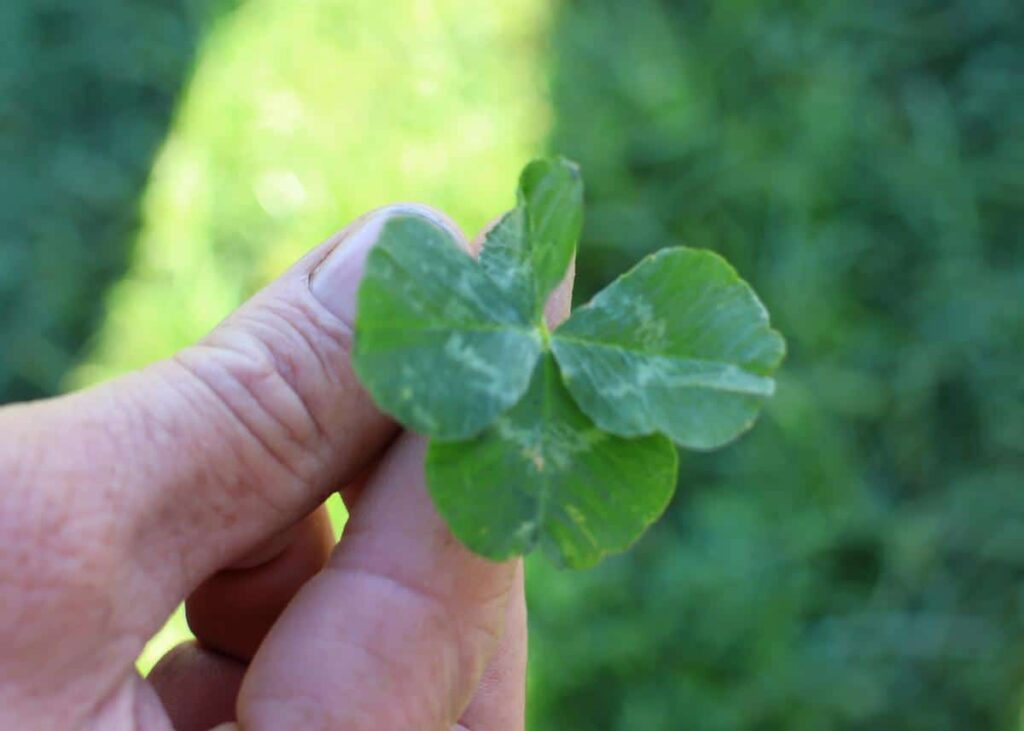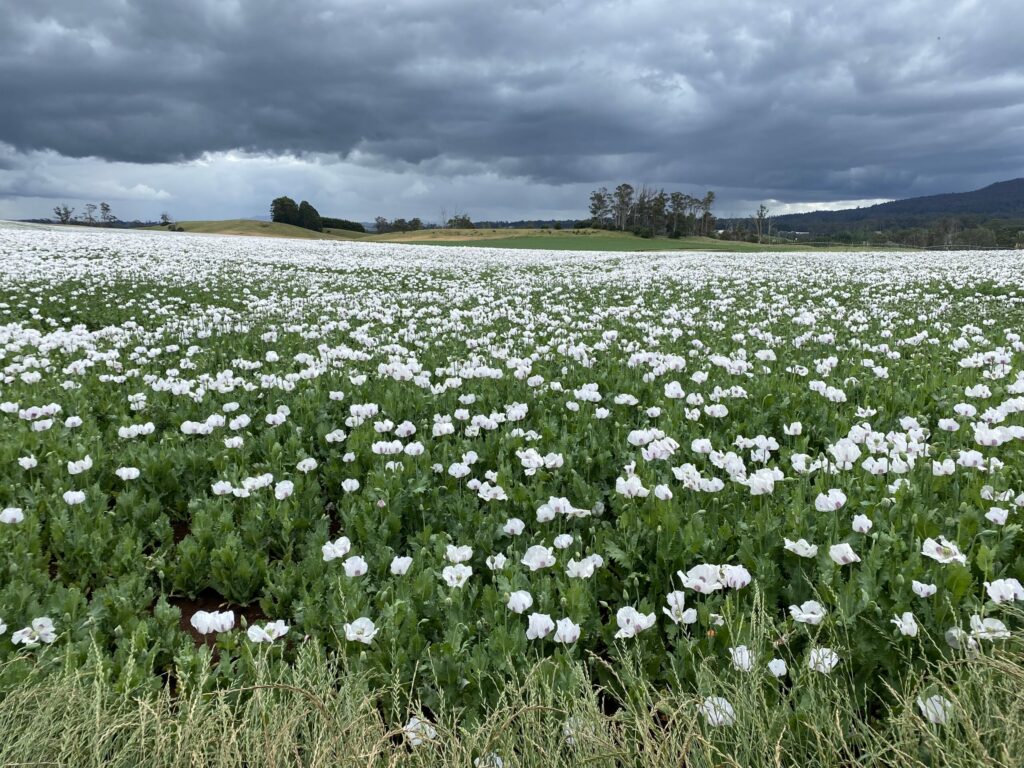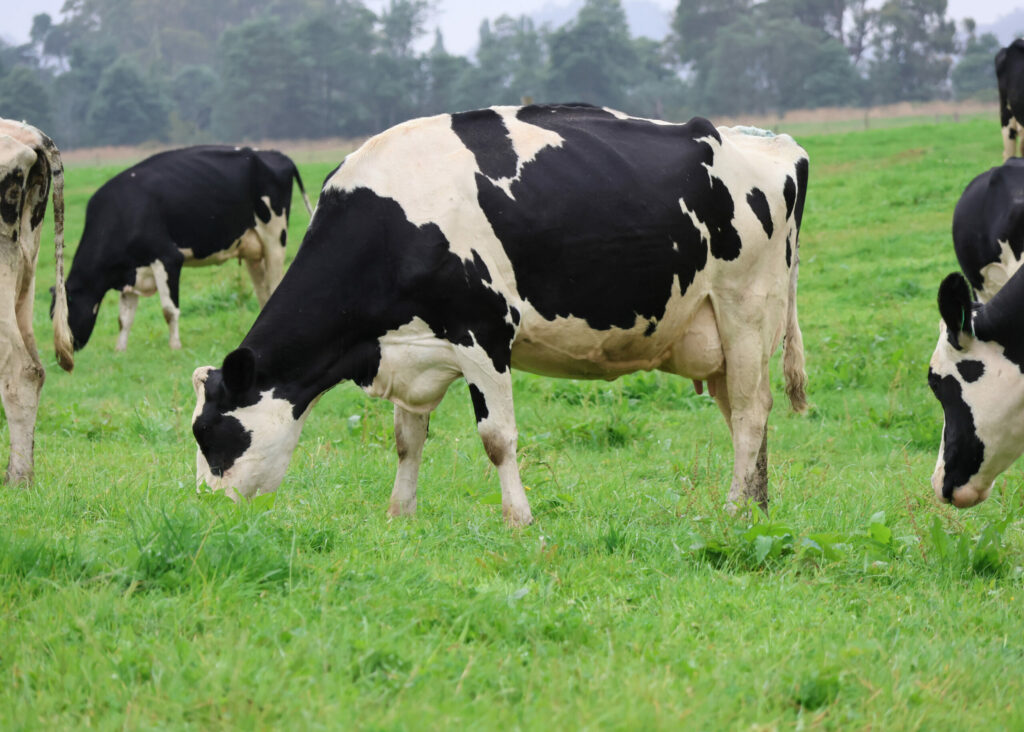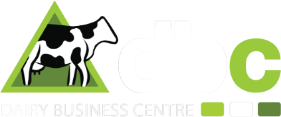Southland dairy embraces high-performance biological farming

Darrell and Julie Wendelgelst had already been paying close attention to their soils when Darrell travelled to Tasmania with the Dairy Business Centre on a biological farming tour in 2023. With some cows in Darrell and Julie’s 400-cow herd producing up to 1000kg MS, they could have been forgiven for approaching any kind of change cautiously.
He came for the sustainability and stayed for the results

A stubbornly high Somatic Cell Count, 17% empty rates, saving money on conventional fertiliser, and a rising awareness of the global “nitrogen addiction” were the original triggers which made Tasmanian dairy producer Mark Wadley consider biological farming.
Practise is often ahead of science

When Isaac and Angelique Korpershoek first discussed switching to biological farming a decade ago, Isaac was “curious” and Angelique – a veterinarian – wanted the evidence-based science.
At the time they were struggling to get their protein percentage above 3% during early lactation and Isaac said, “We were just at that point where you can only adjust so much in your grain ration, and I was starting to think that we couldn’t continue putting nitrogen on at 400kg/ha a year.”
BMCC from 300,000 to 50,000 thanks to the soil

A leap of faith has transformed the way Steve Chilcott farms in the Meander Valley, Tasmania. Biological farming still comes with enough naysayers and doubters. But there is no denying a paddock full of four and five-leaf clovers, night and day fertility results, and a somatic Cell Count (SCC) that has tracked downwards from a harrowing 300,000 to a consistent 50,000 on 350 cows. The reason? Turns out, while it’s a complicated subject, it’s not hard for farmers to switch…
